A filmmaking technique that might just be a lot older than you think.
There’s just something about motion control that screams effects movie-making. But where was motion control first used on a film? To find out, Ian Failes from befores & afters is joined by General Lift’s Joe Lewis to discuss the earliest days of the technique.
Listen in on Apple Podcasts or Spotify, or directly below in the embedded player. There’s also spoilery show-notes here to check out. Also, here’s the RSS feed.

1. Possible earliest related use of motion control (double exposures)
In 1914, on The Flying Duchess, one of Thomas Edison’s camera operators, James Brautigam, built a mechanical system that allowed a camera to repeat its movements over and over again. Brautigam wanted to double-expose a shot so that an actor introduced during the second exposure would appear as a transparent ghostly figure. The camera was mounted on a 21m (70ft) track and then moved by hand using a block-and-tackle winch rig, repeating the movement over two camera moves.
2. The Dupy duplicator
In the 1940s MGM sound engineer Olin L. Dupy developed a machine known as the Dupy duplicator. The camera’s pan and tilt motions were recorded directly onto a phonographic record, which meant the motions could be repeated when played back. It’s possible the system was used first on Irving Berlin’s Easter Parade (1948), especially for the 5th Avenue closing shot. The Dupy duplicator was used here to simulate a tilt upward from a foreground crowd to a matte painted street.
It was perhaps used more significantly on Vincente Minnelli’s An American in Paris (1951) to combine studio live action with reconstructed views of the French capital. There’s actually a patent titled ‘Aparratus for Duplicating Motion-Picture Shots’ granted to Dupy and others filed October 1949.
Look out for a great book called ‘The Magic Factor: How MGM Made An American in Paris’ by Donald Knox, which explains some of this tech.
3. Gordon Jennings’ motion repeater
In the 1950s, at Paramount, Gordon Jennings (famous for working on the special effects for Cleopatra, When Worlds Collide, The War of the Worlds), created a device that recorded camera motion on strip of film. Jennings studied construction blueprints and calculated the necessary camera moves by using stand-ins on an empty stage. Once the motion track was recorded, the camera ran automatically while filming each shot of a live action matte painting or miniature. The system was most spectacularly used to combine live action and model elements in the temple destruction scene in Cecil B. De Mille’s Samson and Delilah (1949).
4. John Whitney’s motion control system
In 1957, John Whitney (who would of course later go on to be a huge pioneer in computer graphics and animation) acquired an army surplus mechanical analogue computer that was previously used as part of an anti-aircraft gun system. He rebuilt it to control the movements of a camera and lights so that he could film streaks of coloured light for an abstract film called Catalog 61 (1961).
5. General Lift reel
6. Motion control resources
General Lift’s YouTube page – full of fun behind the scenes videos
NZ Pete’s matte painting-related exploration of early motion control
Wikipedia on motion control photography
The miniatures of The Mandalorian
Dykstraflex restoration


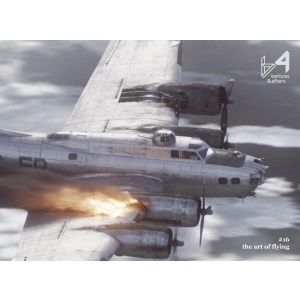
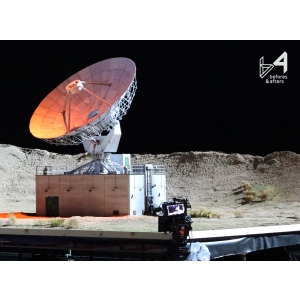
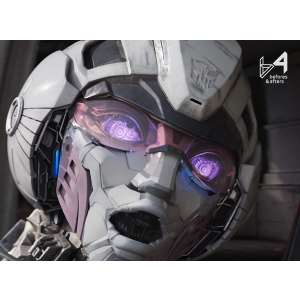
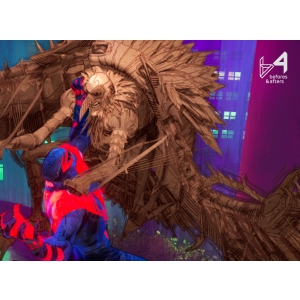
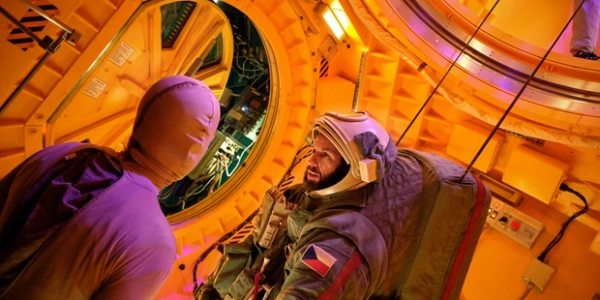
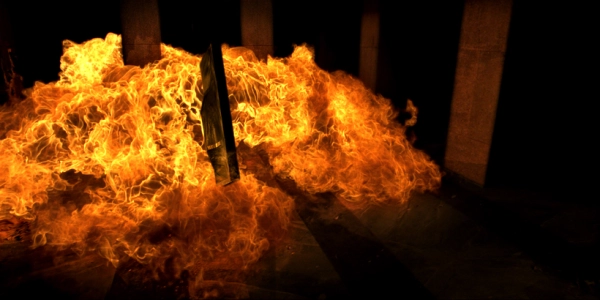
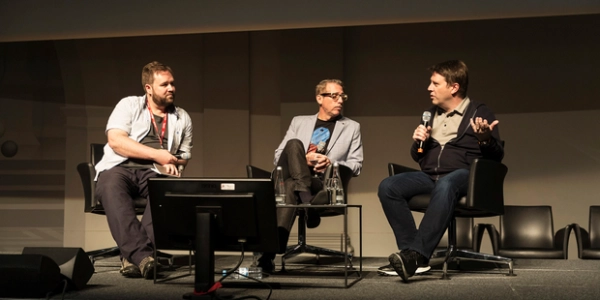
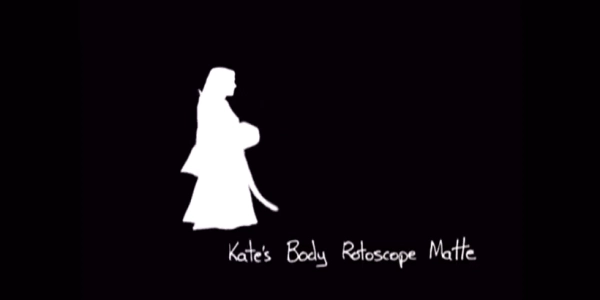
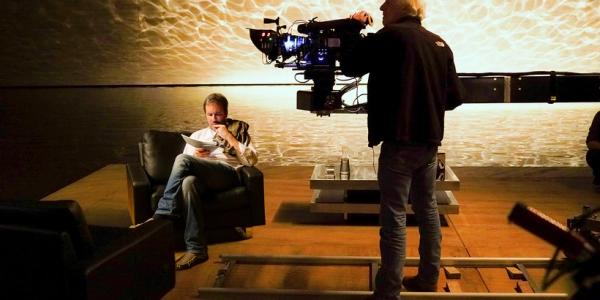
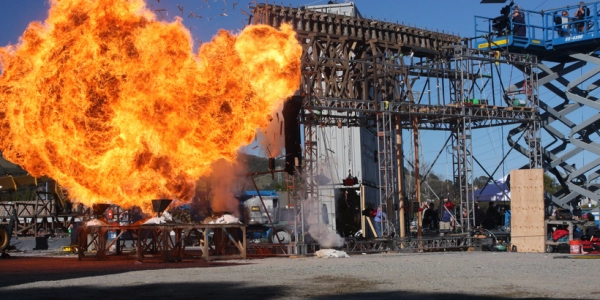
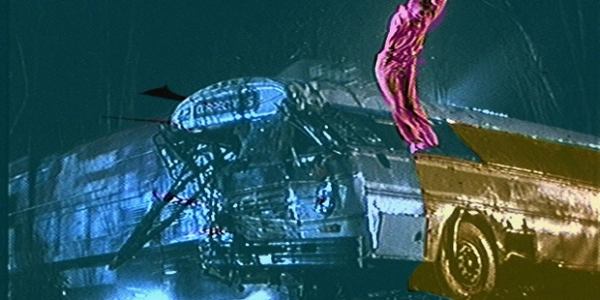
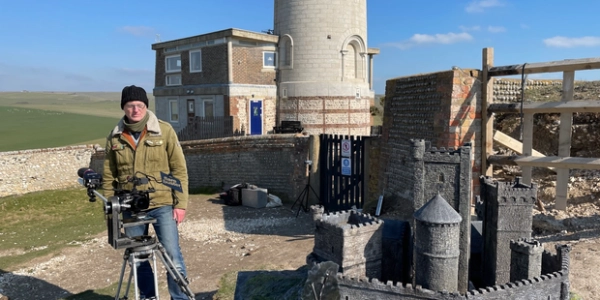
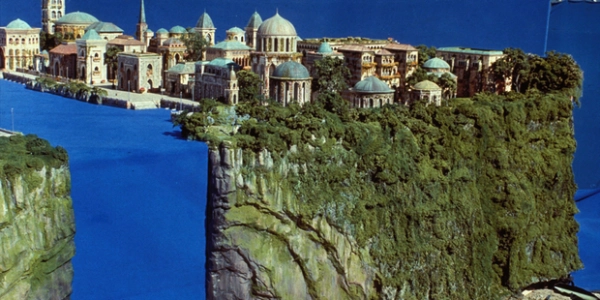
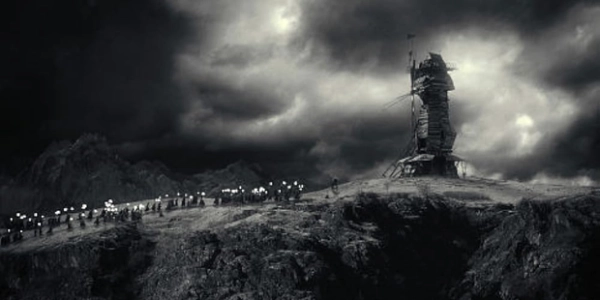
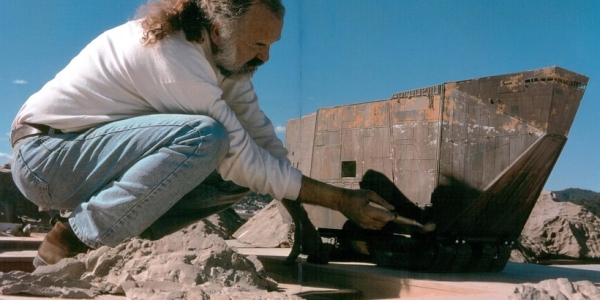
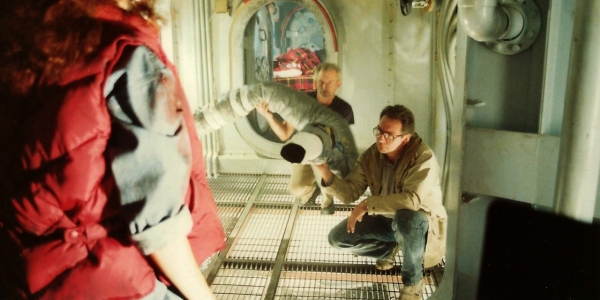
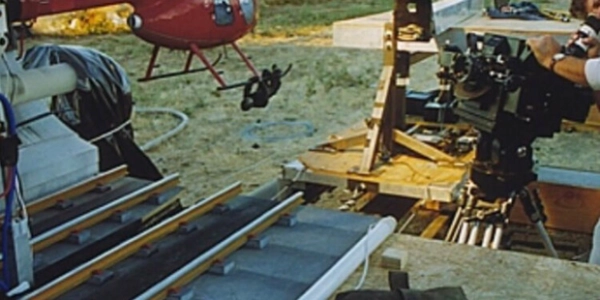
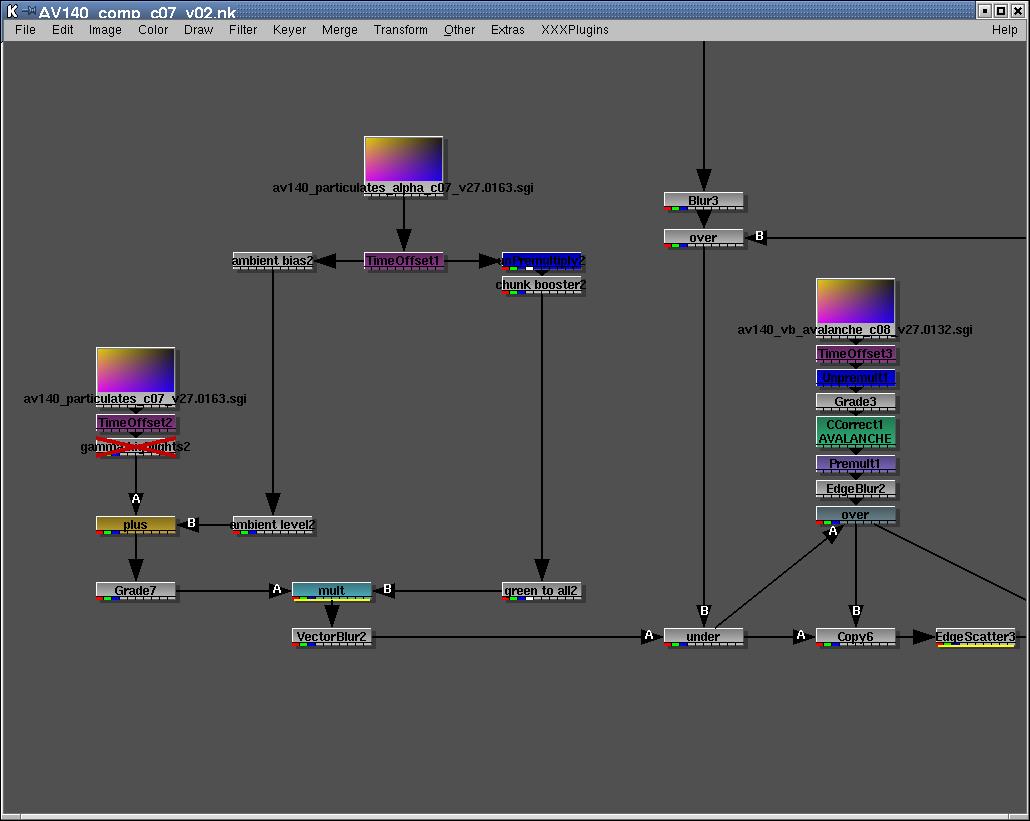
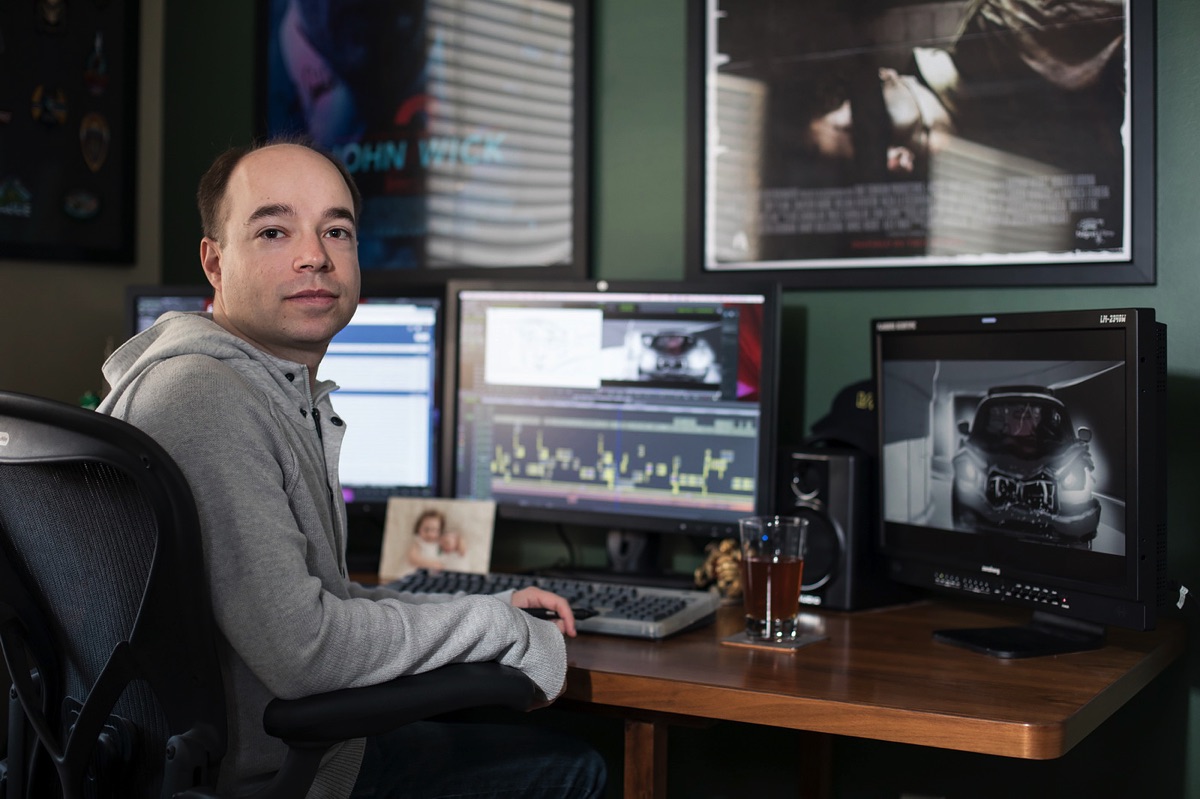
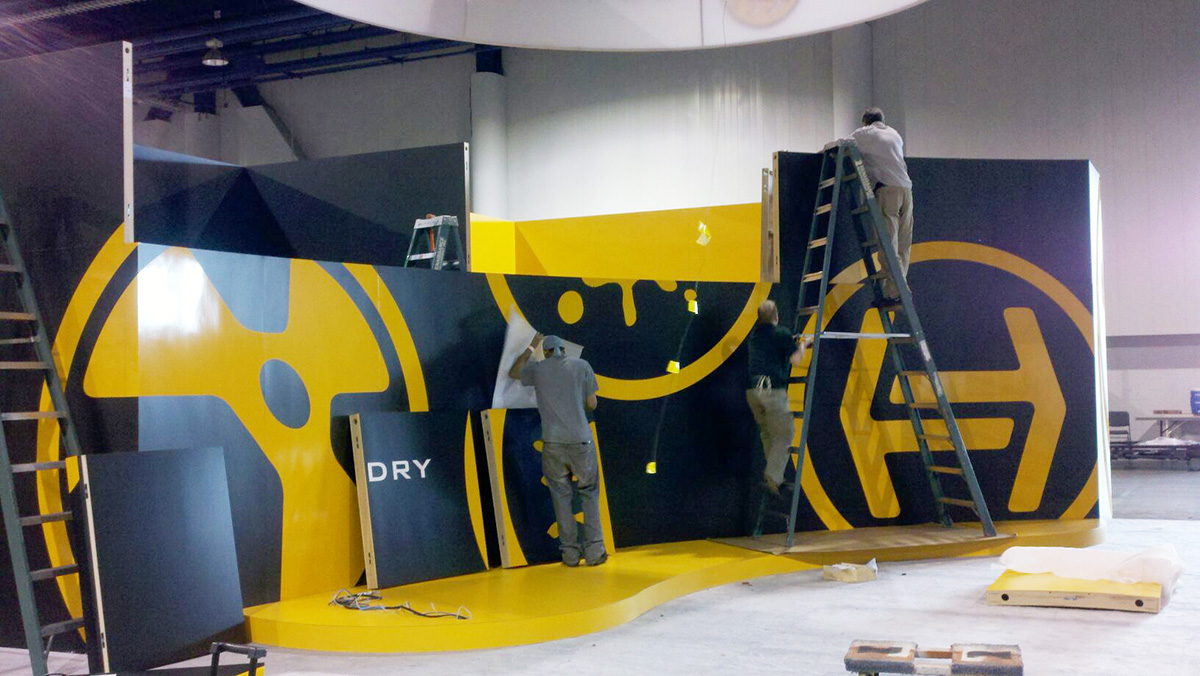
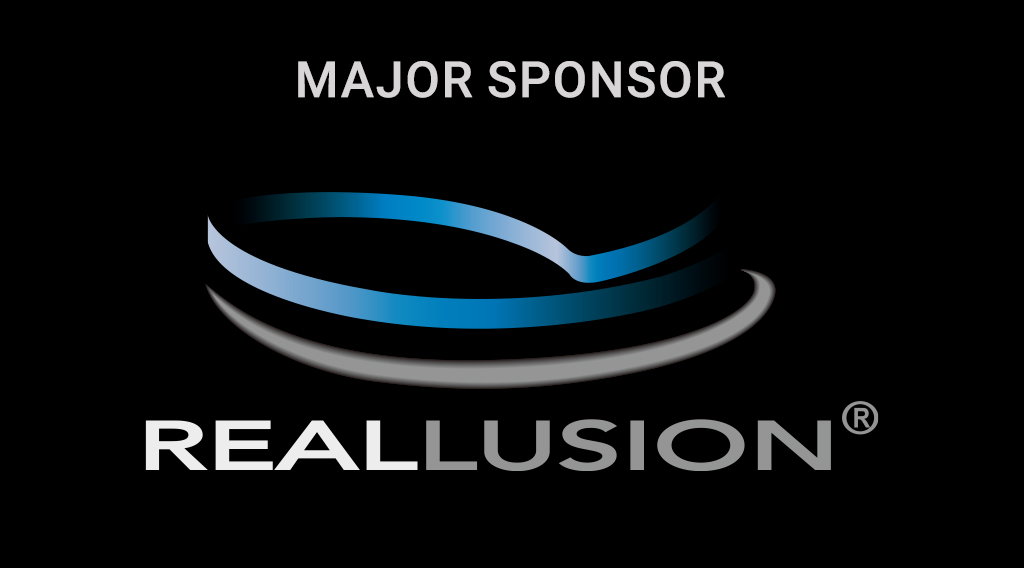

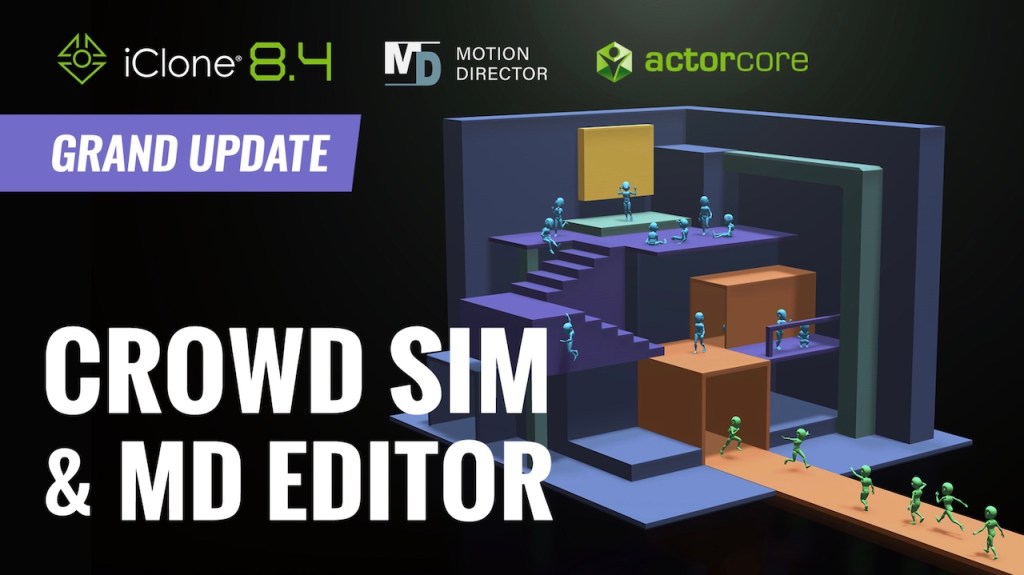
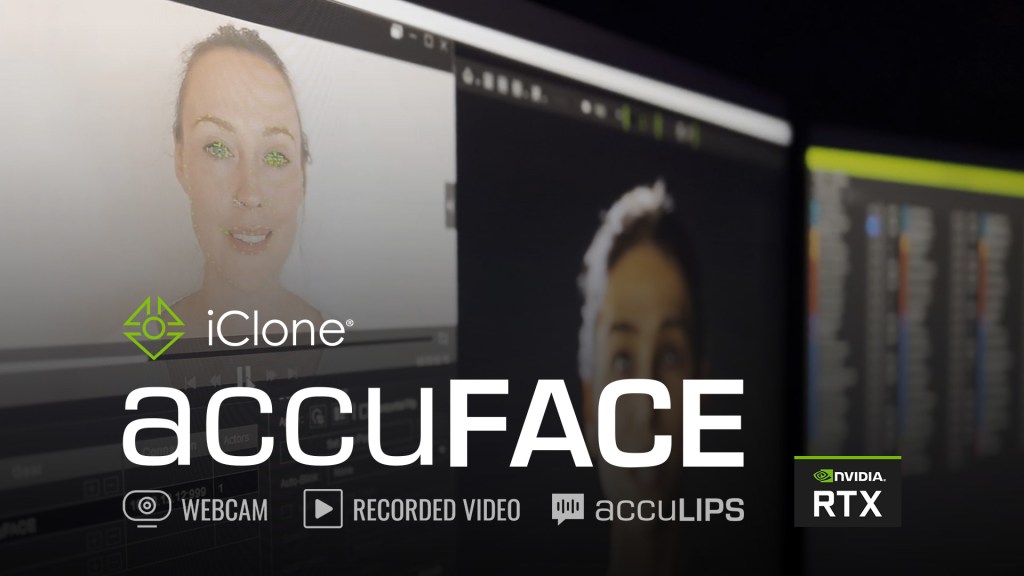
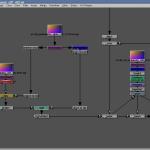

Russian special effects cinematographer Pavel Klushantsev bulit a motion control out of wooden tracks and automobile jack-screw and it was more Dykstraflex like rather than the earlier – less flexible – studio developments. He did it in the late 40s for one of his docu space movies.
Thank you for letting me know about this! I found a little info here about Pavel’s work: https://wp.nyu.edu/orphanfilm/2021/02/20/pavel-klushantsev-films/
My students did a 3d recreation from description in his memoirs
There is a big two-part article on Klushantsev by Robert Skotak in American Cinematographer in 1994.
Oh that is super-cool!